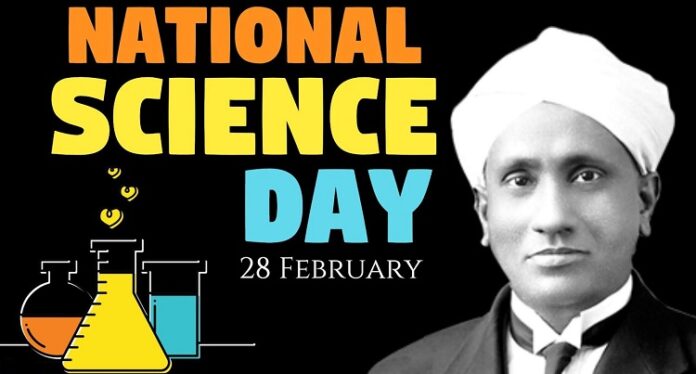| Subscribe to our YouTubeChannel |
|
|---|
In 1986, the National Council for Science and Technology Communication petitioned the Indian government to declare February 28 as National Science Day. The proposal was accepted by the Indian government, and the first National Science Day was held on February 28, 1987.
In India, February 28 is celebrated as National Science Day because it was on this date in 1928 that world-famous scientist CV Raman invented the “Raman Effect.” For this groundbreaking invention, he received the Nobel Prize in Physics in 1930.
National Science Day: What Does It Mean?
The goal of the day is to encourage young people to become interested in science and to understand its significance. On this day, students from all over the country compete in state and national competitions to show off their science projects and innovations. The Indian government recognizes scientists who have made significant contributions to science on this day.
National Science Day 2021 Theme
“Future of STI: Impacts on Education, Skills, and Work,” is this year’s theme for National Science Day.
What is the ‘Raman Effect’ and how does it work?
The Raman Effect, also known as Raman Scattering, is a spectroscopy phenomenon discovered by an Indian physicist while working in the Kolkata laboratory of the Indian Association for the Cultivation of Science. When light is deflected on a particular object, the wavelength of the light scatters.
This was a significant invention that paved the way for a plethora of future scientific breakthroughs. National Science Day is a celebration of the legendary physicist and a call to Indian youth to follow in his footsteps.


















